Electronic drum sets have come a long way from the clunky, basic rhythm machines of the past. Today, they’re incredibly sophisticated instruments that cater to every type of drummer—from those just starting out to touring professionals.
In this guide, we’ll explore the evolution of e-drums, break down their key components and features, offer practical technical advice, and compare some of the top models. Whether you’re a beginner trying to find your first kit, an intermediate player looking for an upgrade, or an advanced drummer hunting for pro-level tech, this guide is made for you.
Table of Contents
- A Brief History and Evolution of Electronic Drum Sets
- Why Choose an Electronic Drum Set?
- Understanding Electronic Drum Set Components
- Key Features and What to Look For
- Detailed Reviews and Comparisons of Top Kits in 2025
- In-Depth Look at Buying Guides
- Setting Up Your Electronic Drum Kit
- Advanced Customization and Recording Tips
- Technical Advice for Getting the Most Out of Your Kit
- Future Trends in Electronic Drum Technology
- Real-World Examples and Technical Advice in Action
- Tips for Beginners, Intermediates, and Pros
- Conclusion
A Brief History and Evolution of Electronic Drum Sets
Electronic drum sets started as simple devices designed to produce basic beats, but over the decades they’ve transformed into fully customizable instruments. Early kits were often seen as poor substitutes for acoustic drums—lacking realistic feel and tone. Fast-forward to today, and innovations like mesh heads, multi-zone triggering, and advanced sound engines have redefined the playing experience.
From Roland’s early V-Drums or Simmons SDS-V to modern systems featuring Bluetooth connectivity and touchscreen modules, the evolution of e-drums has been driven by two factors: the need for realistic playability and the desire for versatility in both practice and performance. As one expert noted,
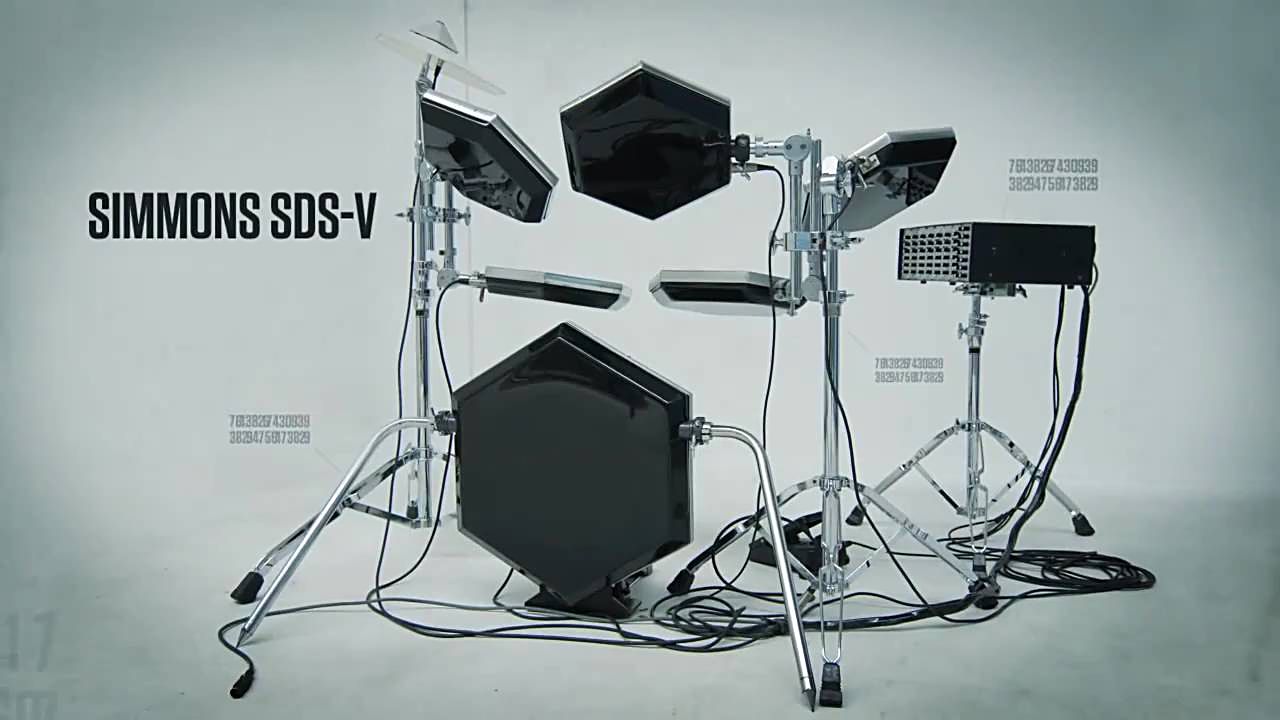
Electronic drum sets now replicate the authentic feel of acoustic kits while offering unmatched versatility in sound and functionality
This blend of traditional technique and digital innovation is what makes e-drums so compelling in 2025.
Why Choose an Electronic Drum Set?
When deciding between an acoustic set and an electronic kit, many drummers find that e-drums offer a mix of benefits that can’t be ignored. For one, they’re dramatically quieter than acoustic drums—ideal if you’re practicing at home without disturbing your neighbors or family. Their compact design means they take up less space and are much easier to store or transport.
Beyond convenience, electronic drum sets come packed with built-in features such as metronomes, play-along tracks, and coaching modes that help you refine your timing and technique. Even better, modern kits provide connectivity options like Bluetooth and USB, making it possible to stream your favorite songs or record directly to your computer without needing a complicated setup.
For those who are serious about recording or live performance, e-drums allow you to experiment with a vast range of sounds and effects without investing in expensive microphone setups. This flexibility makes them a favorite not only among beginners but also seasoned drummers who need a reliable practice tool that can also double as a studio instrument.
Understanding Electronic Drum Set Components
To make an informed decision when buying an electronic drum set, it helps to know what’s inside the box. Let’s break down the essential components:
The Drum Module
The drum module is the heart and brain of an e-kit. It houses the sample library and processes the signals from your drum pads and turning them into audible sounds. Modern modules come with high-resolution color touchscreens, extensive preset libraries (often featuring thousands of multi-layered samples), and a host of connectivity options like USB, MIDI, and Bluetooth. For example, the latest flagship modules from brands like Roland and Alesis allow you to tweak every element—from reverb and EQ to the dynamic range of your playing.

Drum Pads and Triggering
The pads are what you hit, and their construction can vary:
- Mesh Heads: Known for their realistic rebound and adjustable tension, mesh heads are popular on higher-end kits. They emulate the feel of an acoustic drum head and reduce ambient noise.
- Rubber Pads: Typically found on budget kits, rubber pads are durable and offer consistent triggering but may lack the responsiveness of mesh.
- TCS (Textured Cellular Silicone): Used by brands like Yamaha, TCS pads provide a unique compromise with a quieter, realistic feel that can sometimes be preferable in noise-sensitive environments.
Each pad usually features one or more trigger zones. A dual-zone pad, for instance, can differentiate between a center hit and a rim shot, giving you more expressive control over your sound. Advanced kits even offer triple-zone or multi-trigger sensors for extra nuance.
Connectivity and Integration
Connectivity is a game changer in today’s electronic drum sets. Bluetooth streaming lets you jam along to your favorite playlists, while USB and MIDI interfaces allow you to integrate your kit with a computer or digital audio workstation (DAW) for recording and advanced editing. Many modern modules also support wireless triggering and even offer app-based control for real-time adjustments.
Understanding these components is vital as they determine not only how the kit feels but also how well it meets your musical needs—whether that’s for practice, recording, or live performance.
Key Features and What to Look For
Choosing the right electronic drum set often boils down to finding the perfect balance between build quality, sound fidelity, and user-friendly functionality. Here are some key features to consider:
Build and Design
The overall build quality impacts how the kit withstands years of practice and travel. Look for sturdy rack systems, well-constructed drum shells, and reliable mounting hardware. Many high-end kits feature real drum shells or hybrid designs that mimic the physical presence of acoustic drums. Even the aesthetics can be important—if you’re performing live, a kit that looks sleek and modern may boost your confidence on stage.
Sound Quality
Sound is the most critical aspect. The drum module’s sound engine, sample quality, and layering capabilities dictate how realistic your kit will sound. Some modules, like those equipped with BFD or proprietary engines, offer hundreds of thousands of samples and multi-channel recordings that capture the subtle variations of an acoustic kit. Advanced kits allow you to tweak each sound parameter, from the room ambience to the attack and decay of the hit.
Connectivity Options
Modern drummers demand seamless connectivity. Look for kits with integrated Bluetooth, multiple audio outputs (such as headphone and line out), and USB or MIDI connectivity. These features allow you to stream backing tracks, record your sessions, and integrate with other digital instruments. As one review highlighted, the inclusion of native Bluetooth audio is still relatively rare in some entry-level models, making it a significant upgrade when available.
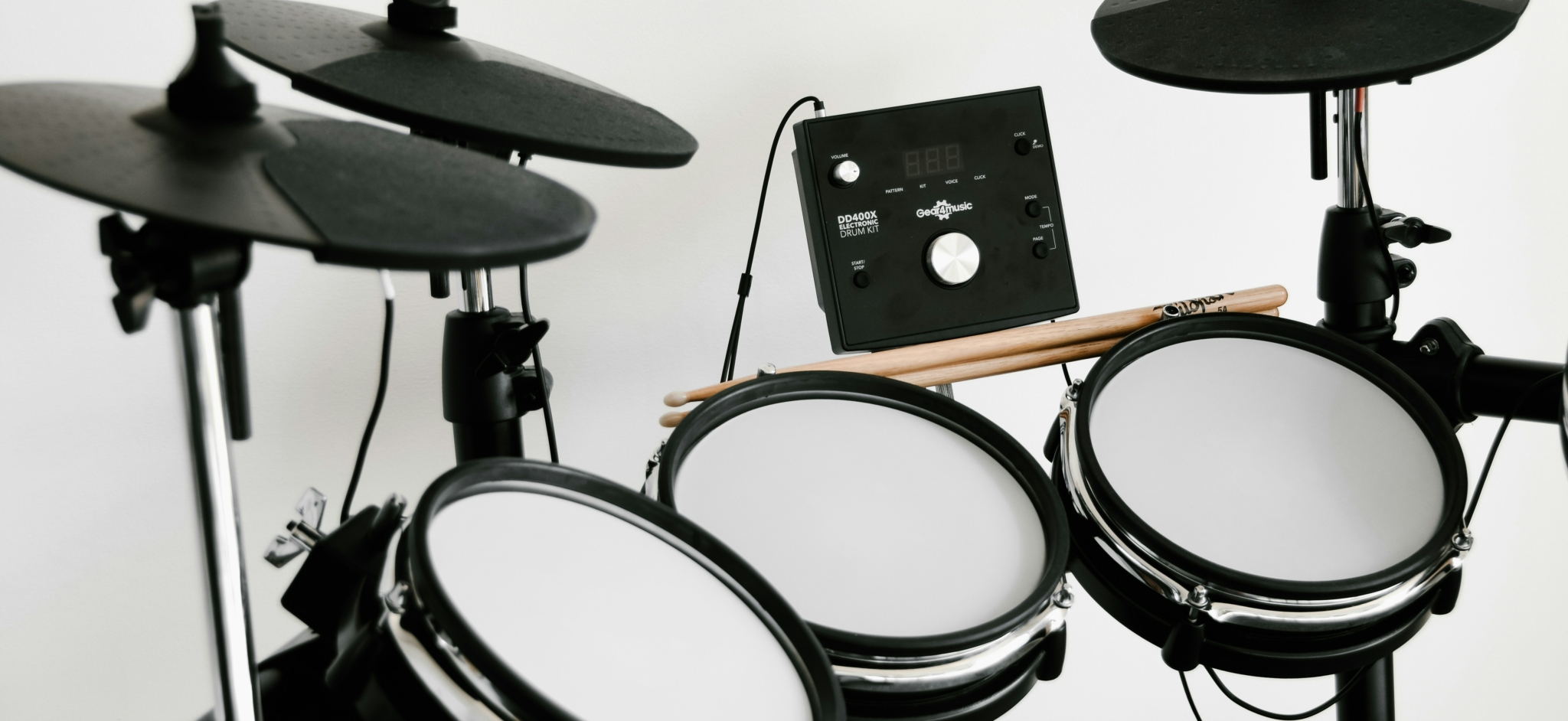
Learning and Customization Features
For beginners, learning aids like built-in metronomes, play-along tracks, and coaching modes are invaluable. For the more advanced musician, the ability to load custom samples, fine-tune trigger sensitivity, and store multiple kit configurations can make a big difference. Some kits even include free trial subscriptions to online lesson platforms, which can be a great way to accelerate your progress.
Detailed Reviews and Comparisons of Top Kits in 2025
In 2025, the market is buzzing with options, each designed to cater to different playing styles, budgets, and preferences. Let’s delve into a few standout models that have garnered praise from experts and drummers alike.
Alesis Nitro Max
The Alesis Nitro Max is often touted as the best beginner option, offering a compact four-post rack, dual-zone mesh snare, and several mesh tom pads. Its drum module features 440 individual drum sounds, 32 preset kits, and even supports Bluetooth connectivity. One reviewer noted:
The Nitro Max provides a solid playing experience for beginners and even works well as a home practice kit for acoustic drummers
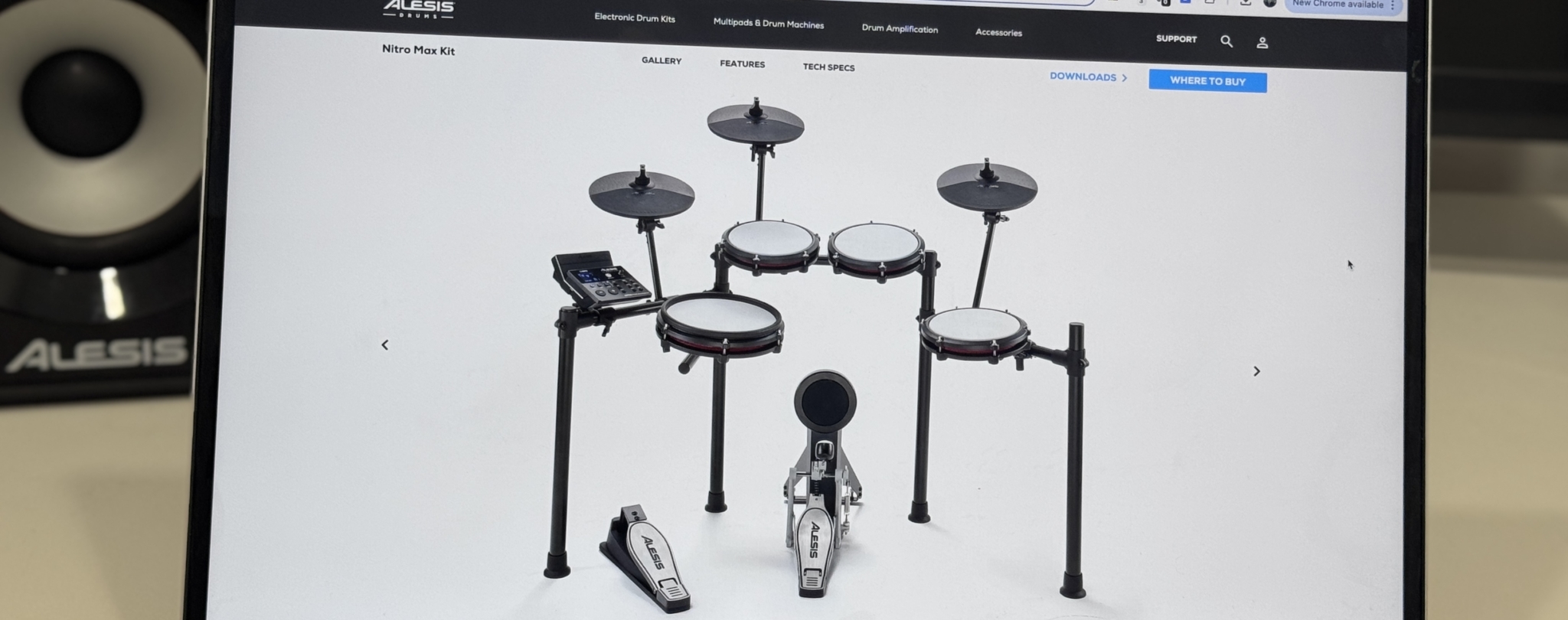
Despite its strengths, some users find the rack a bit wobbly and the pad zones somewhat limiting. Nonetheless, its affordability and inclusion of trial lessons make it a top pick for those new to e-drums.
Roland TD-02KV
For drummers on a budget who still want that high-quality build, the Roland TD-02KV is a compelling option. It features a dual-ply mesh snare and a streamlined rack system known for its durability. While it may require an extra adapter for Bluetooth connectivity, its studio-quality sounds and ease of setup have made it a favorite among beginners looking to invest a little more for lasting reliability.
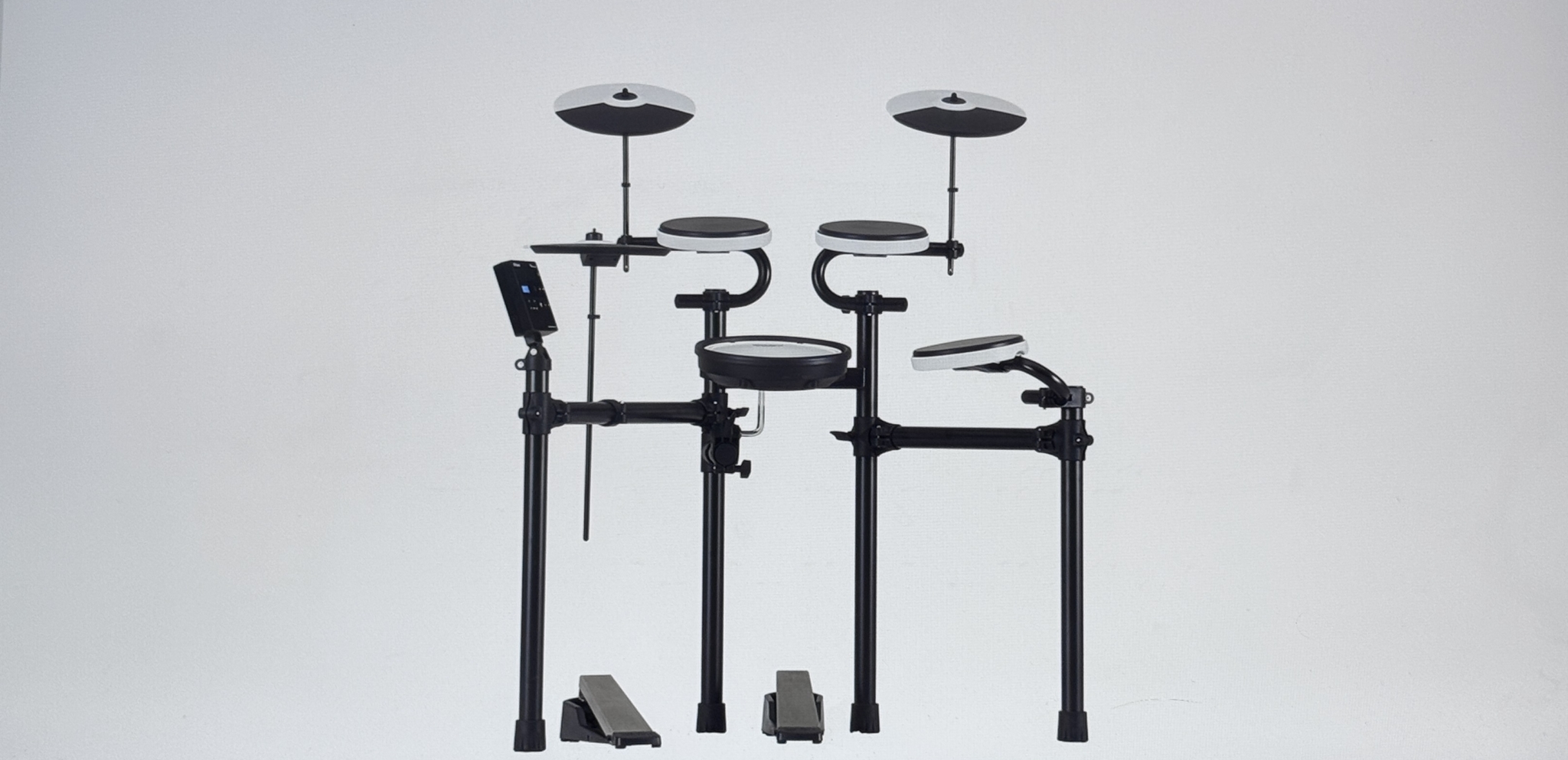
Alesis Strata Prime
Moving into the mid-to-high-end territory, the Alesis Strata Prime stands out for its advanced sound customization. Equipped with a 10.1″ touchscreen module loaded with BFD3 samples, the Strata Prime offers 75 fast-loading kits and over 215,000 multi-channel samples. Its dual-zone mesh heads and triple-zone cymbals provide a remarkably authentic playing experience. Advanced users will appreciate the depth of editing available on the module, even though the hi-hat triggering may not yet rival that of some Roland systems.
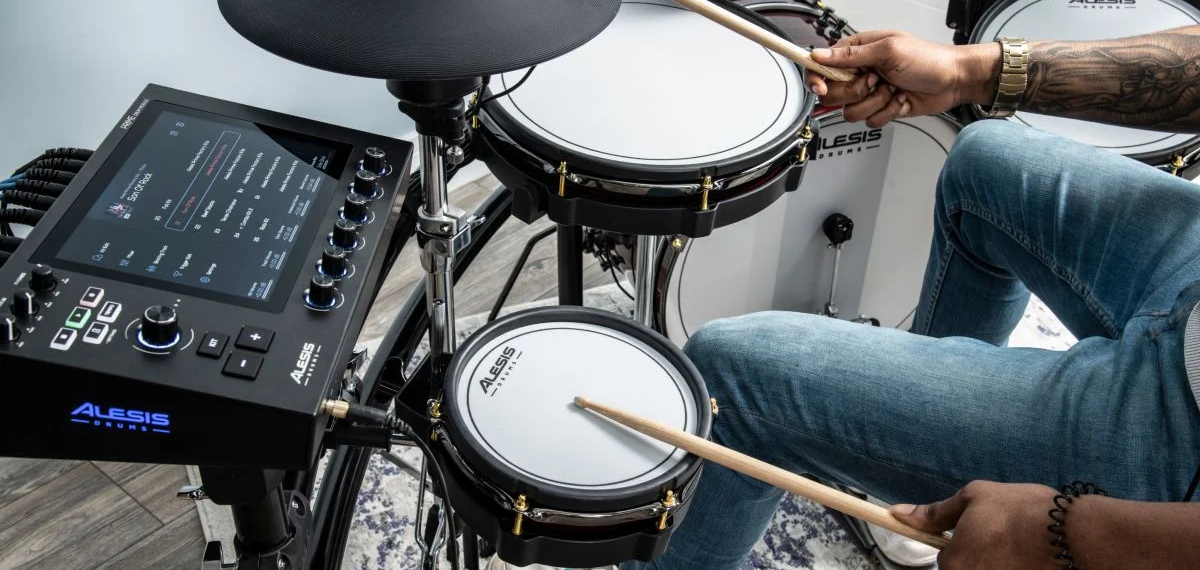
Roland TD-07KV
Another notable mention is the Roland TD-07KV, which bridges the gap between beginner and intermediate levels. Its compact design is perfect for small living spaces, and the kit’s integrated Bluetooth and USB connectivity make it a versatile choice for both practice and recording. Although some users find the smaller pad sizes challenging at first, the overall build quality and ease of use keep it at the top of many experts’ lists.
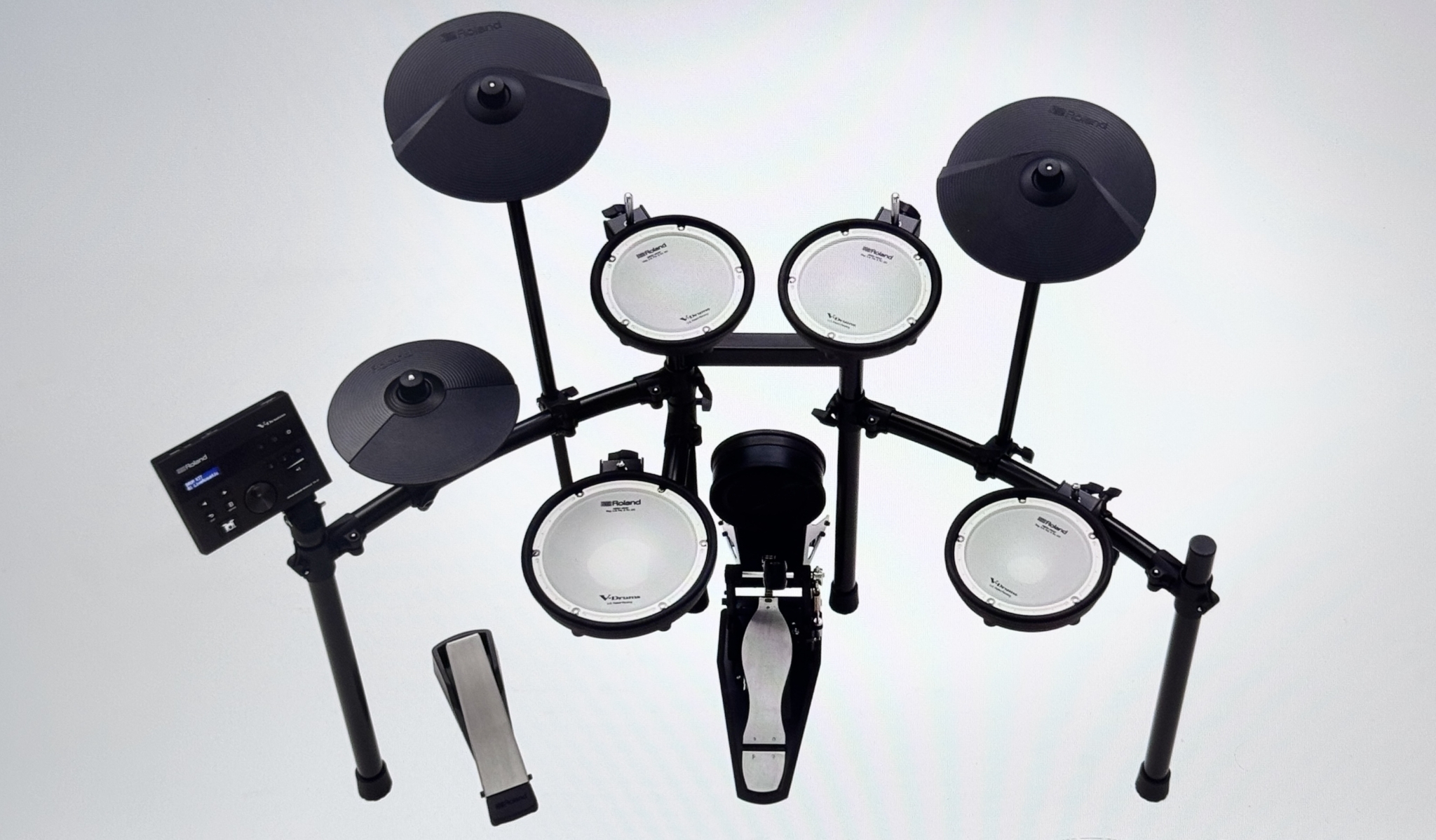
EFnote 3X and Yamaha DTX10K-X
For those considering live performance and studio work, models like the EFnote 3X and Yamaha DTX10K-X bring professional-level features to the table. The EFnote 3X impresses with its optical sensor hi-hat and striking aesthetics, while the Yamaha DTX10K-X leverages its TCS pads and advanced DTX PROX module to deliver ultra-realistic sound customization options. Both models highlight how far e-drum technology has come, offering near-acoustic quality with all the benefits of digital flexibility.
Each of these kits has its own strengths and trade-offs. Beginners might gravitate toward the Nitro Max for its affordability and user-friendly design, while seasoned drummers might invest in the Strata Prime or high-end Roland systems for their advanced customization capabilities. No matter your level, it’s important to consider your priorities—be it sound quality, ease of setup, or connectivity features.
In-Depth Look at Buying Guides
When it comes to choosing the right electronic drum kit, there’s no shortage of advice available online. Two of the most comprehensive buying guides in 2025 are from MusicRadar and Elephant Drums. While MusicRadar’s guide focuses on testing over 80 kits and provides detailed reviews on models like the Nitro Max and TD-02KV, Elephant Drums’ guide takes a broader approach—answering common questions and explaining technical terminology in a friendly, unbiased manner.
Both guides emphasize the need to understand what you want out of an e-kit. For instance, MusicRadar points out that if you’re looking for a realistic feel and high-quality sounds on a budget, the Nitro Max offers one of the best mesh setups available at its price point. On the other hand, Elephant Drums stresses the importance of knowing the difference between rubber and mesh pads, how connectivity works, and what to expect in terms of setup complexity.
A recurring theme in both guides is the importance of trying out a kit in person before buying, if possible. While online reviews and videos can give you a sense of how a kit performs, the tactile feel of a drum pad and the responsiveness of the trigger sensors are best experienced firsthand.
Another valuable tip from these guides is the need to plan for future upgrades. Many entry-level kits are designed with expandability in mind, allowing you to add extra pads or upgrade your module as your skills progress. As one guide succinctly puts it:
Think of your electronic drum set as an investment that can grow with you, not just a static piece of equipment
This advice is particularly helpful for beginners who might be unsure whether to splurge on a high-end kit immediately or start with something more modest and upgrade over time.
Setting Up Your Electronic Drum Kit
Setting up an electronic drum set may seem daunting at first, but with a little patience and some handy tips, it can be a smooth process. Most kits come with detailed instructions, but here are a few pointers to help you get started:
Unboxing and Assembly
When you first open your kit, make sure to check that all components are present. Electronic drum sets often come in several boxes—one for the module, another for the pads, and a separate one for the rack and cables. Take your time to carefully unbox each item and lay out the parts. This initial organization helps prevent frustration later on.
Rack Configuration and Pad Placement
Electronic drum sets are usually designed with a standard configuration, but the positioning of pads can make a huge difference in your playing comfort. Adjust the rack so that the pads are in a natural, ergonomic arrangement. For instance, the snare should be easily reachable without straining, and the toms should be spaced out enough to allow for fluid movement. Experiment with slight adjustments until you find the setup that feels just right for your playing style.
Cable Management and Connectivity
One common complaint among new users is the “spaghetti” look of cables running everywhere. Many modern kits have integrated cable routing, but it’s still a good idea to tidy up any loose wires. Secure cables with cable ties or Velcro strips to ensure they don’t become a tripping hazard or get accidentally tugged during an energetic practice session.
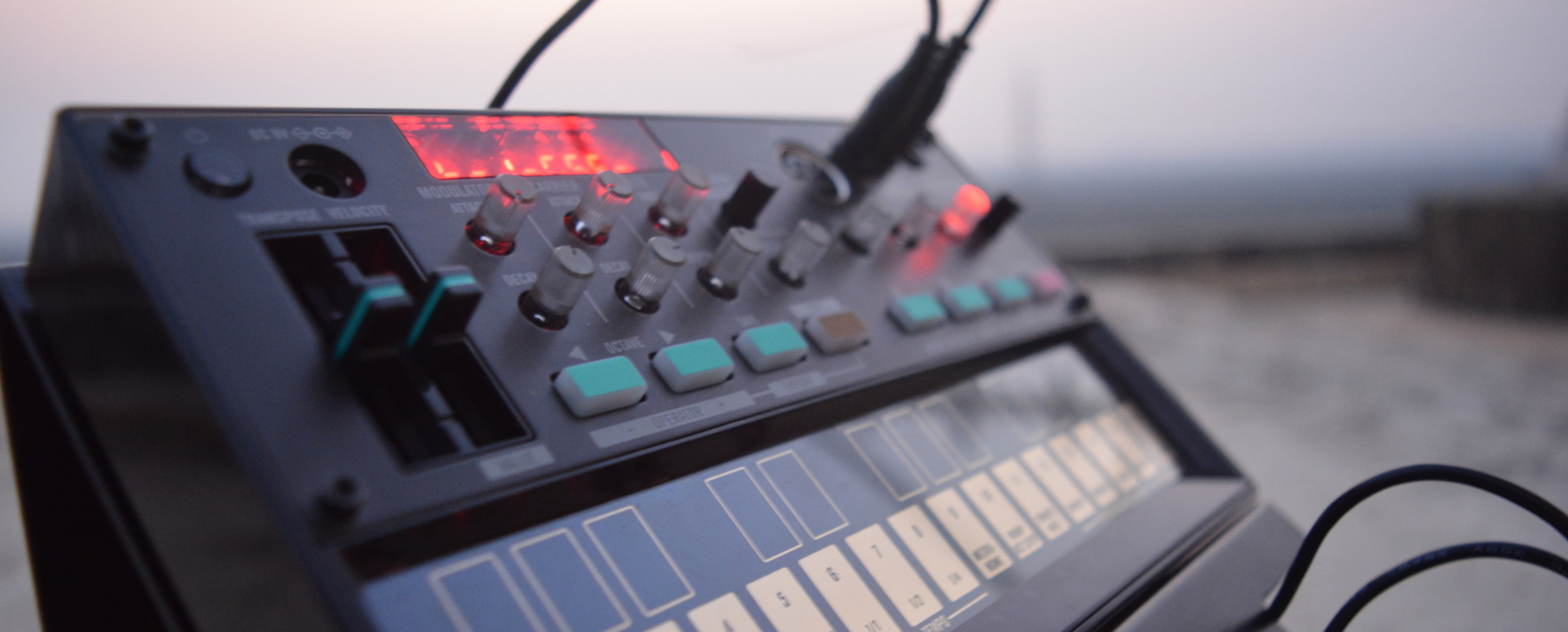
Fine-Tuning Pad Sensitivity
Once your kit is assembled, spend some time adjusting the sensitivity settings on your module. These settings determine how hard you need to hit a pad for it to trigger the sound. Beginners might prefer a more forgiving sensitivity to ensure every hit is registered, while advanced players might want a stricter threshold for more dynamic control. It can take a few practice sessions to dial in the perfect balance.
Advanced Customization and Recording Tips
For drummers who plan to record their sessions or integrate their e-kit into a live performance setup, there are a few technical tweaks that can elevate your playing experience.
Connecting to a DAW
Most modern drum modules come equipped with MIDI & USB interfaces, which means you can easily connect your e-kit to a digital audio workstation (DAW) like Ableton Live, Logic Pro, or FL Studio. This opens up a world of possibilities for recording and sound design. You can assign different electronic drum sounds to individual tracks, layer samples, and even trigger external VST instruments. Recording directly via USB minimizes latency and gives you the ability to edit your drum parts with precision.
Using Custom Samples and Editing Sound
One of the most exciting aspects of today’s electronic drum kits is the ability to load your own samples. Advanced modules like the Alesis Strata Prime or high-end Roland systems allow you to import custom drum sounds, adjust parameters like decay and reverb, and even tweak the velocity curves for each pad. Experiment with these settings to create a kit that truly reflects your unique style. As you get more comfortable, you might even find yourself spending hours tweaking your kit’s sound to perfection—a process that can be as rewarding as mastering a new song.
Minimizing Latency and Improving Response
Latency—the slight delay between hitting a pad and hearing the sound—can be a challenge, especially when recording. Most modern systems are designed to minimize this delay, but there are still a few tweaks you can make. Adjust the sensitivity, threshold, and velocity curve settings in your module to ensure that your playing feels as responsive as possible. Additionally, using a direct USB connection to your computer rather than relying on wireless options can further reduce latency during recording sessions.
Advanced Triggering and Multi-Zone Pads
For the technically inclined, understanding multi-zone triggering is key to unlocking the full potential of your electronic kit. Multi-zone pads allow you to assign different sounds to various areas of a single pad—so a center hit on a snare might sound very different from a rim shot. This capability not only makes your kit sound more realistic but also gives you more expressive control. Spend time experimenting with different trigger zone configurations to see how small changes in your playing affect the overall sound.
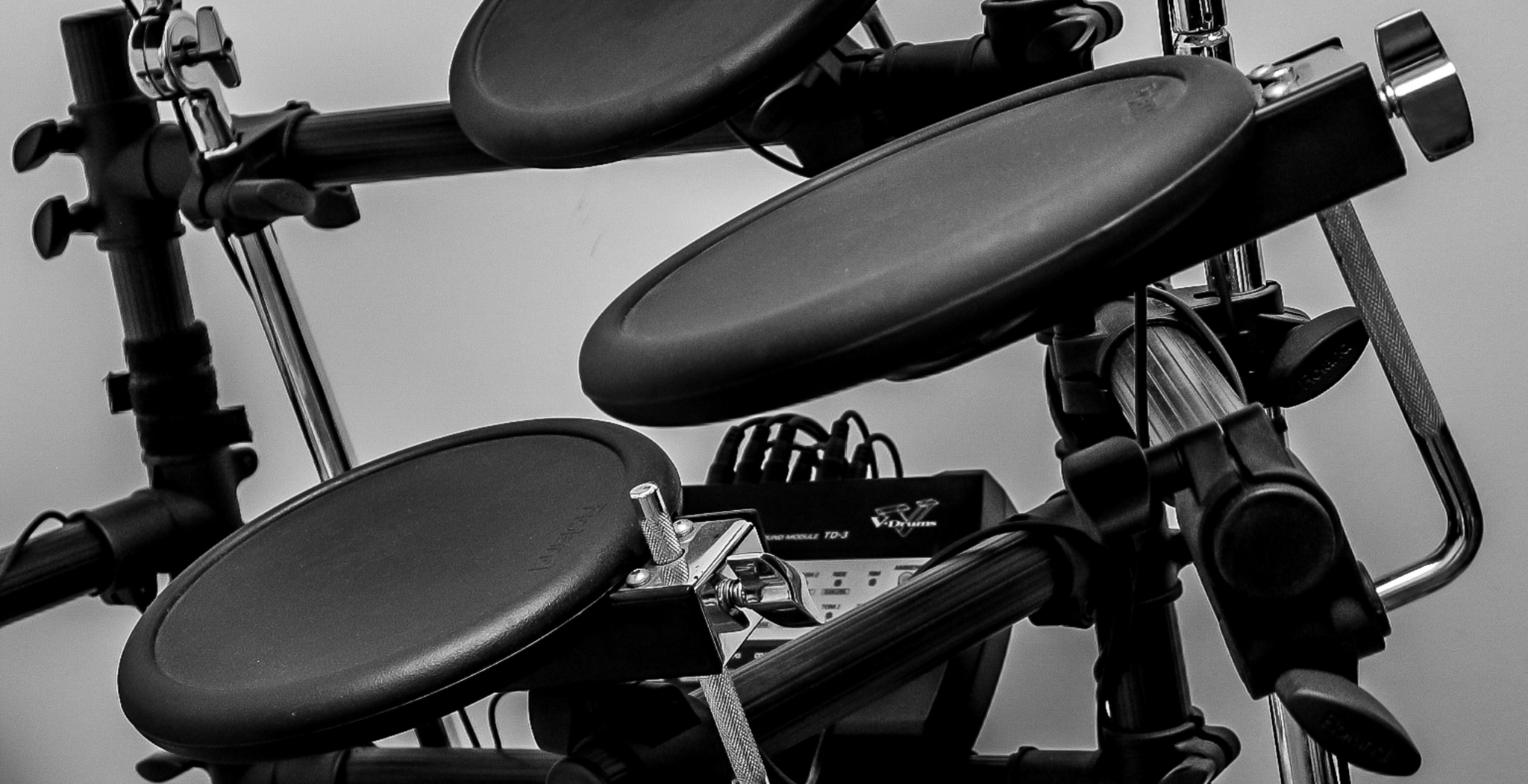
Technical Advice for Getting the Most Out of Your Kit
To truly harness the power of your electronic drum set, it’s important to understand some of the technical terms and settings that govern how your kit responds to your playing.
Sensitivity, Threshold, and Velocity Curve
- Sensitivity controls how readily your module responds to softer hits. Increasing sensitivity can help ensure that even light touches are registered, which is useful when you’re just starting out.
- Threshold is the minimum level at which your drum pad will trigger a sound. Setting this too low might result in unwanted triggers from stray vibrations, while setting it too high may cause your softer hits to go unnoticed.
- Velocity Curve determines how the strength of your hit translates into volume and sound characteristics. A linear velocity curve might feel more natural for some players, while others may prefer a curve that exaggerates the dynamics of a hard hit.
Fine-tuning these settings can make a dramatic difference. Experiment with each parameter in isolation to find the sweet spot for your style of playing.
Dealing with Cross-Talk and Ghost Triggers
Cross-talk occurs when the vibration from one pad inadvertently triggers another. This issue can be mitigated by careful pad placement and adjusting the sensitivity settings. If you find that a light hit on your tom is triggering your snare, try increasing the threshold on the snare pad slightly. Modern modules also include features that help filter out these ghost triggers, so make sure to explore your module’s settings for any noise reduction or isolation features.
Latency Reduction Techniques
While the inherent processing time of electronic systems is minimal, latency can sometimes be noticeable, especially in complex setups. Using direct USB connections, minimizing the number of intermediary devices (like extra adapters), and ensuring that your computer’s audio drivers are up to date can help reduce latency. Advanced users might also benefit from tweaking the buffer settings in their DAW for optimal performance during recording sessions.
Future Trends in Electronic Drum Technology
As we look to the future, the evolution of electronic drum sets shows no signs of slowing down. Manufacturers are constantly pushing the boundaries of what these kits can do, and several trends are already emerging:
Wireless and Cloud Connectivity
Wireless connectivity isn’t just for streaming music anymore. Future e-kits may integrate more seamlessly with cloud-based services, allowing for remote software updates, access to vast sample libraries, and even real-time collaboration with other musicians online. Imagine being able to share your custom kit settings with drummers halfway across the world or download a new library of acoustic samples on the fly.
Enhanced Triggering Technology
Expect further innovations in trigger technology, with even more precise sensors and multi-zone capabilities. Manufacturers are already working on reducing latency to near-invisible levels and improving the dynamic range so that every nuance of your playing is captured. Advanced algorithms may soon adapt in real time to your playing style, automatically adjusting sensitivity and response curves for the best possible performance.
Integration with Augmented Reality (AR) and Virtual Reality (VR)
One of the more futuristic trends is the potential integration of AR and VR into the electronic drum world. For instance, AR could overlay instructional cues on your electronic drum set during practice sessions, while VR could transport you to a virtual stage, offering immersive performance experiences without leaving your living room.
The Convergence of Acoustic and Electronic Drums
Hybrid kits that combine acoustic drum shells with electronic triggering are gaining popularity, offering the best of both worlds. These systems allow you to switch between acoustic and electronic sounds on the fly, making them ideal for live performances where you might need the visual appeal and touch of real drums along with the versatility of digital sound manipulation.
Real-World Examples and Technical Advice in Action
Let’s bring all these concepts together with a few real-world scenarios that demonstrate how you can get the most out of your electronic drum set.
Imagine you’re a beginner drummer living in an apartment. You decide on a budget-friendly kit like the Alesis Nitro Max. During setup, you notice that the sensitivity on the snare is too high, causing ghost triggers when you accidentally brush it lightly. By tweaking the threshold settings on the module, you’re able to achieve a balance that lets you play comfortably without unwanted noise. The built-in Bluetooth allows you to stream backing tracks from your phone, and the free trial lessons included with the kit help you master basic rhythms quickly.
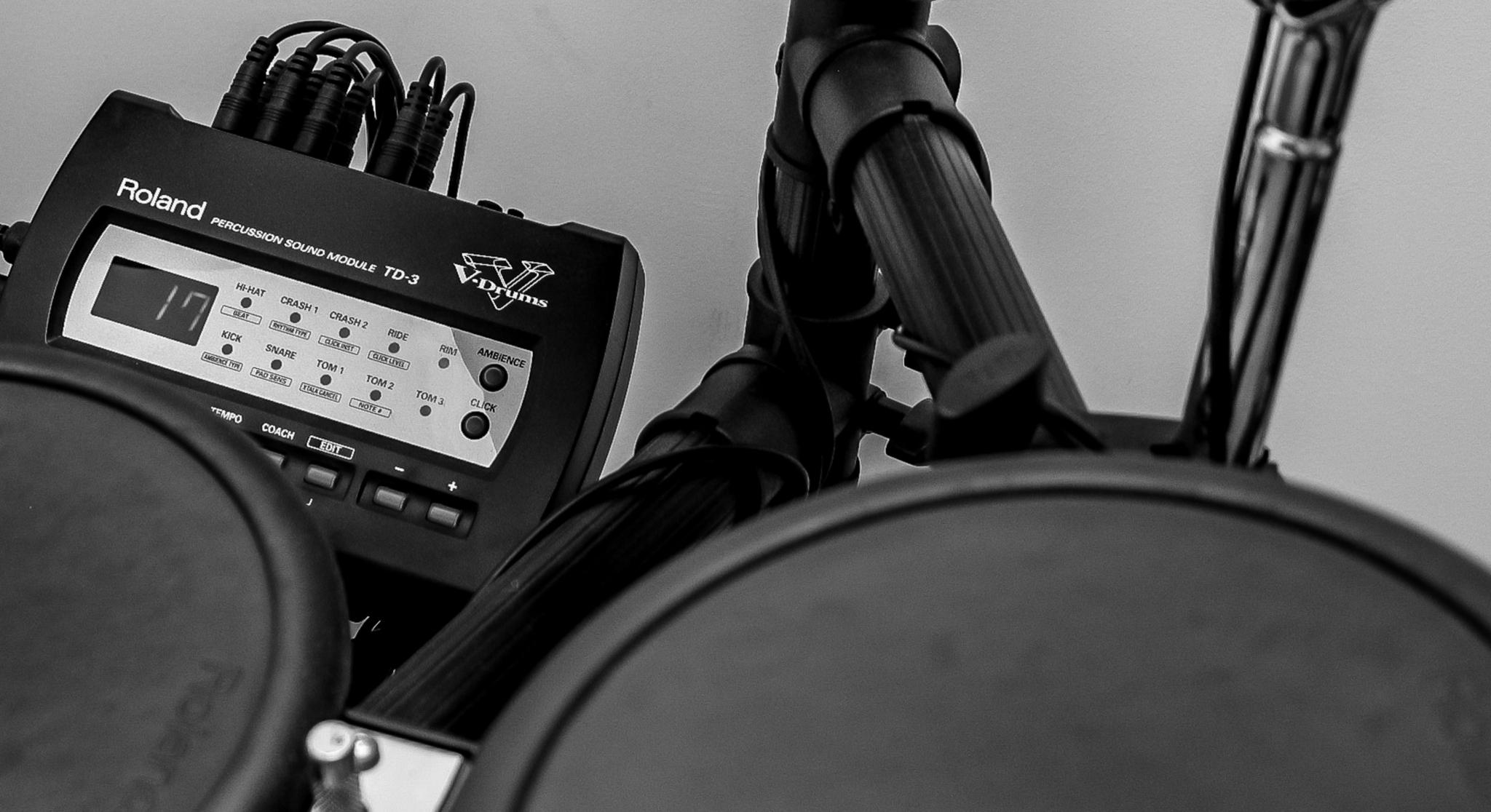
Now, consider an intermediate drummer who’s been playing for a few years. You’ve outgrown your entry-level kit and upgrade to something like the Roland TD-07KV. The improved dual-ply mesh heads and robust rack system provide a more durable and responsive experience. You begin exploring the module’s editing features, loading drum samples and adjusting the velocity curve to match your dynamic playing style. Soon, you’re recording your sessions directly to your computer via USB, layering multiple drum sounds in your DAW for a more polished studio feel.
For the advanced musician, a kit like the Alesis Strata Prime offers endless possibilities. With its 10.1″ touchscreen and massive library of multi-layered samples, you dive deep into sound design. You experiment with custom kits for different genres—rock, jazz, electronic—and even modify the trigger zones on your cymbals to create unique, responsive sounds. By integrating your kit with a sophisticated recording setup, you achieve studio-quality recordings that capture the full spectrum of your playing dynamics. Adjusting settings like sensitivity, threshold, and dynamic range becomes second nature, and you find that the time spent fine-tuning your kit is rewarded with a truly personalized playing experience.
Tips for Beginners, Intermediates, and Pros
Whether you’re setting up your first kit, seeking to expand your skills, or fine-tuning your performance for professional gigs, these pointers are designed to help you navigate the challenges and maximize the potential of your electronic drum set.
For Beginners
If you’re just starting out, look for an e-kit that is both affordable and user-friendly. Prioritize ease of setup, robust learning features, and connectivity options that let you stream music or take advantage of online lessons. Remember, your first kit doesn’t need to have every high-end feature—it just needs to be reliable and inspiring enough to keep you practicing.
For Intermediates
As your skills develop, you’ll start to appreciate more refined sound customization and the ability to record your sessions. Intermediate kits often offer greater expandability, so consider models that allow you to add extra pads or tweak your sound settings more extensively. At this stage, investing a bit more can yield a kit that will serve you well for years to come.
For Advanced Players
Professional drummers demand the highest fidelity in both sound and feel. Look for kits that feature multi-zone triggering, advanced modules with extensive sample libraries, and robust build quality. Connectivity options such as MIDI, USB, and even wireless protocols become critical. Advanced players will benefit from modules that allow for in-depth editing of every parameter, giving you the freedom to tailor your kit exactly to your style. In live settings, ensure that your kit’s latency is minimal and that its triggering technology can handle rapid, complex passages without compromise.

Conclusion
Electronic drum sets offer a level of versatility and realism that would have been unimaginable just a few decades ago. With options ranging from budget-friendly, compact systems to high-end, fully customizable setups, there’s an e-kit out there for every drummer—regardless of skill level or musical ambition.
When choosing your kit, remember to consider not just the initial cost but also the long-term value. Look for features that will grow with you, whether that’s the ability to load custom samples, expand your pad configuration, or integrate seamlessly with your recording setup. As one reviewer put it,
An electronic drum set isn’t just a purchase—it’s an investment in your musical future.
By understanding the components, features, and technical intricacies of modern e-drums, you’re well-equipped to make an informed decision that meets your needs. Take your time with the setup, don’t be afraid to experiment with settings, and most importantly, have fun exploring the endless creative possibilities that electronic drum sets offer.
In a world where practice and performance must coexist with the demands of modern living, electronic drum sets provide a practical solution that brings the joy of drumming into any space. Whether you’re jamming quietly at home, recording your latest track, or rocking out on stage, the right electronic kit can transform your musical experience. Enjoy the journey, and happy drumming!
About the Author

Dídac
CEO & Founder of MasteringBOXDídac is a professional audio engineer, music producer and software engineer. He is the founder of MasteringBOX and the author of many of the articles on the blog.
Leave a comment
Log in to comment


